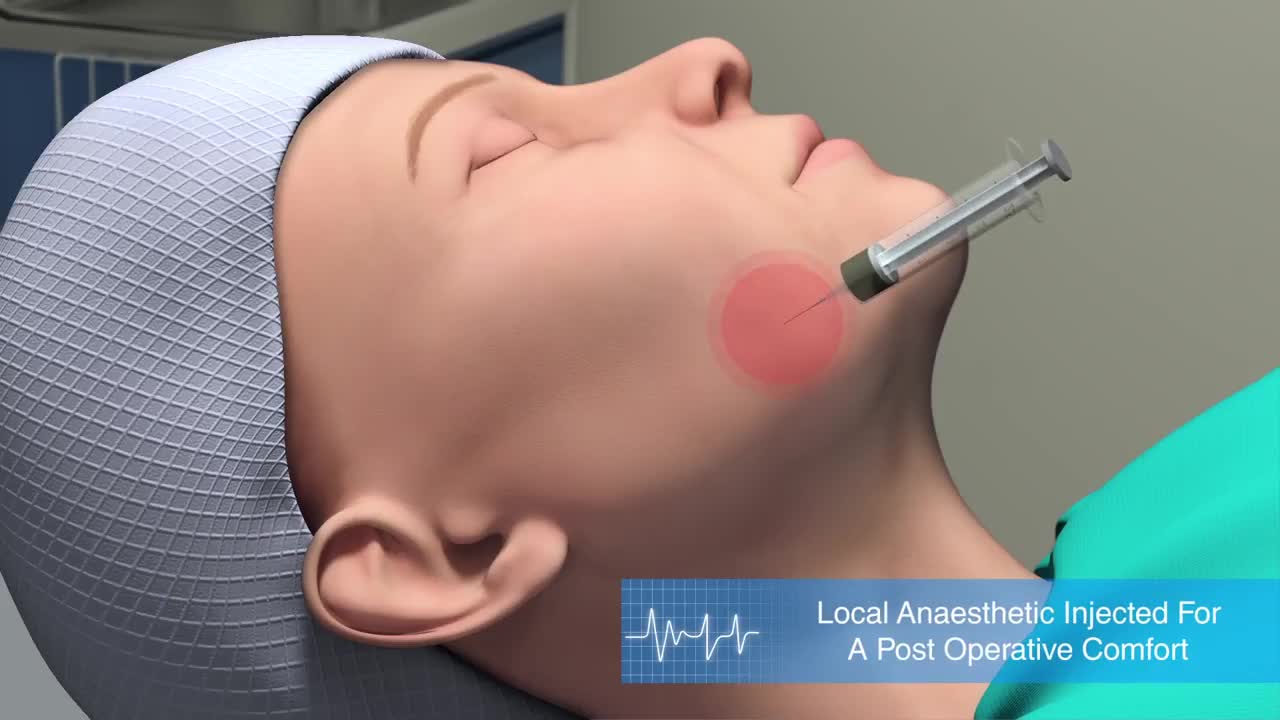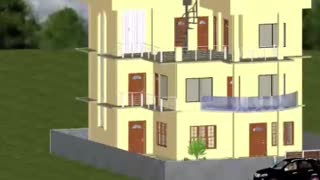Premium Only Content

Facelift Procedure medical 3d animation
During the procedure
In general, a face-lift involves elevating the skin and tightening the underlying tissues and muscles. Fat in the face and neck may be sculpted, removed, or redistributed. Facial skin is then re-draped over the newly repositioned contours of the face, excess skin is removed, and the wound is stitched or taped closed.
The incisions for the procedure depend on the techniques that will be used and the patient's preferences. Options include:
A traditional facelift incision starts at your temples in the hairline, continues down and around the front of your ears, and ends behind your ears in your lower scalp. An incision might be made under your chin to improve the appearance of your neck.
A limited incision is a shorter incision that begins in your hairline just above your ear, wraps around the front of your ear, but does not extend all the way into the lower scalp.
Neck lift incision starts in front of your earlobe and continues around your ear into your lower scalp. A small incision also is made under your chin.
A facelift generally takes two to four hours but might take longer if other cosmetic procedures are done at the same time.
After the procedure
After a face-lift, you may experience:
Mild to moderate pain
Drainage from the incisions
Swelling
Bruising
Numbness
Contact your doctor immediately if you have:
Severe pain on one side of your face or neck within 24 hours of surgery
Shortness of breath
Chest pain
Irregular heartbeats
Your incisions will likely be covered with bandages that provide gentle pressure to minimize swelling and bruising. A small tube might be placed under the skin behind one or both of your ears to drain any excess blood or fluid.
In the first few days after surgery:
Rest with your head elevated
Take pain medication as recommended by your doctor
Apply cool packs to the face to ease pain and reduce swelling
-
 0:35
0:35
Rajbanshi
3 years ago3d animation
21 -
 LIVE
LIVE
Robert Gouveia
1 hour agoCongress HAMMERS Epstein Files! Maxwell APPEAL Decision! Obama Suspects LAWYER UP! 14th Amendment!
894 watching -
 LIVE
LIVE
Barry Cunningham
3 hours agoPRESIDENT TRUMP TOURS JEROME POWELL SCENE OF THE CRIME AT THE FEDERAL RESERVE
2,869 watching -
 LIVE
LIVE
Sarah Westall
2 hours agoBlackmail, Power & Corruption: The Currency of the Empire - Epstein & more w/ Joachim Hagopian
376 watching -
 16:33
16:33
Clownfish TV
7 hours agoLate Night TV Has NO FUTURE After Stephen Colbert's Cancellation!
7511 -
 45:56
45:56
The White House
2 hours agoPresident Trump Visits the Federal Reserve
19.2K18 -
 36:14
36:14
Kimberly Guilfoyle
3 hours agoRussia Hoax Reality Check, Live! | Ep240
17.5K9 -
 11:02
11:02
Preston Stewart
7 hours ago $0.18 earnedThailand–Cambodia Clash Erupts
3.5K3 -
 LIVE
LIVE
LFA TV
21 hours agoLFA TV ALL DAY STREAM - THURSDAY 7/24/25
1,063 watching -
 1:07:35
1:07:35
vivafrei
4 hours agoWall Street Journal DOUBLING DOWN on Epstein! Lawyer in Canada DEBANKED! AND MORE!
99.6K32